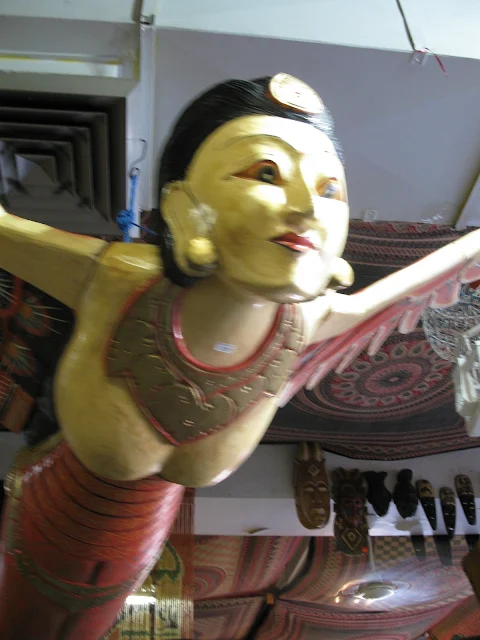
Wednesday, September 24, 2008
Sunday, September 21, 2008
Blaise Cendrars Cut Up (one)
o grind up all the bones cathedrals all in white
the bells
all bodies, naked and strange under me the legend of Nizhni Novgorod
me…
of the great red Christ of the Russian letters
eons of the Holy Ghost flew up from
wound adolescence
I had already forgotten my birth
it was war
Love carted away millions of corpses
the last trains leaving
because they weren’t selling any ging to me the legend of Nizhni
going away would have liked to
didn’t want to go anywhere, could go
had enough money
corkscrews
Still another, coffins from I was trying to nourish myself with
of sardines in oil
Then there were many with the bell towers and the stations
Women with crotches for stars
Coffins
They were all patented day morning.
It was rumored there were many dead.
They traveled at reduced boxes of alarm clocks and cuckoo
And they had savings Forest
and an assortment of Sheffield
the women in the cafes and all In Siberia cannon
Hunger cold plague
them and break them And the muddy waters
In all the stations I saw
Nobody could
more tickets
And the soldiers who
stay. . .
______________________________
Cut up of “Prose of the Transsiberian and of Little Jeanne of France”, by Blaise Cendrar
Thursday, September 18, 2008
Monday, September 15, 2008
Friday, September 12, 2008
Thursday, September 11, 2008
Wednesday, September 10, 2008
Sunday, September 7, 2008
Friday, September 5, 2008
The Shaman’s Way
Thursday, September 4, 2008
Saturday, August 30, 2008
Friday, August 29, 2008
Fairy Land, Montreal
Thursday, August 28, 2008
Wednesday, August 27, 2008
Thursday, August 21, 2008
Saturday, August 16, 2008
Saturday, August 9, 2008
Tuesday, August 5, 2008
A Statement: All Art is Vision
For many years I searched for this clue to my own approach and understanding of art. It is what I intuited in late 1960s when I began experimenting in my writing, when I attempted to write outside of the narrow linear and rational mind, when I was absorbed in experiments attempting to short circuit the rational mind. Now a shamanic approach has been articulated to me, an approach that I can identify with.
I place my heart in the visionary’s approach. My identification of myself as a poet has always been outside of the mainstream of the poetry community. I was never very much a part of any poetry community as they rarely expressed my concerns in poetry.
Written on 19 November 1984, Puerto Vallarta, Jalisco, Mexico; Huntingdon, 1991; Montreal, 2008.
















































